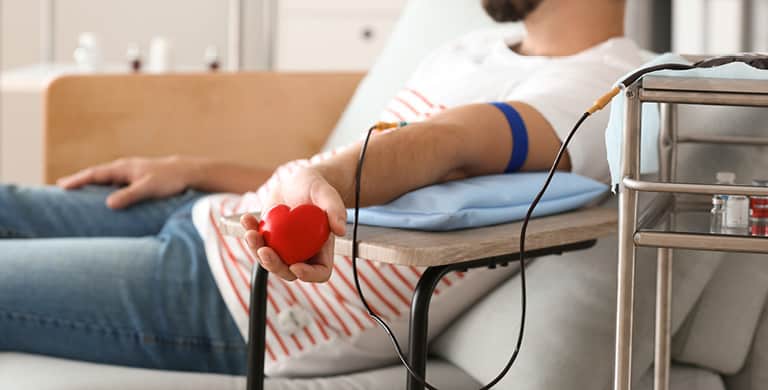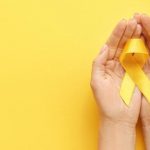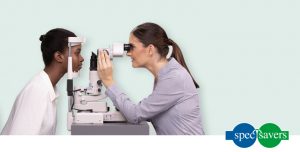Have you ever wondered why blood types matter or why doctors are so particular about blood matching?
Before we explore blood types, let’s understand what blood is made of:
- Red blood cells
- White blood cells
- Platelets
- Plasma (the liquid component)
The ABO System: Blood types 101
Your blood type isn’t random – it’s inherited from your parents and falls into one of four main groups: A, B, AB, or O. What makes each type unique is the presence or absence of specific antigens (protein molecules) on red blood cells and antibodies in plasma.
Here’s how it works:
- Type A: Has A antigens + anti-B antibodies
- Type B: Has B antigens + anti-A antibodies
- Type O: No antigens, but has both anti-A and anti-B antibodies
- Type AB: Has both A and B antigens, but no antibodies
There are four main blood groups (types of blood) – A, B, AB and O. Your blood group is determined by the genes you inherit from your parents. Each group can be either RhD positive or RhD negative, which means that in total there are eight blood groups.
The ABO system
The four main blood groups are defined by the ABO system: • Blood group A – has A antigens on the red blood cells with anti-B antibodies in the plasma.
- Blood group B – has B antigens with anti-A antibodies in the plasma
- Blood group O – has no antigens, but both anti-A and anti-B antibodies in the plasma
- Blood group AB – has both A and B antigens, but no antibodies
The RhD factor: The plus or minus
There’s another important player in blood typing: the RhD antigen. This is where the “positive” or “negative” in your blood type comes from. When present, you’re RhD positive (+); when absent, you’re RhD negative (-).This means you can be one of eight blood groups:
- A+
- A-
- B+
- B-
- O+
- O-
- AB+
- AB-
Did you know?
- Universal donor: Type O-negative is the superhero of blood types! It can be safely given to almost anyone, making it invaluable in emergencies.
- Universal recipient: AB-positive can receive blood from any type, making these individuals universal recipients.
- Rarest type: In South Africa, AB is the rarest blood type, present in only 4% of the population.
Blood types in real life
During pregnancy
Pregnant women always undergo blood type testing. This is particularly important for RhD-negative mothers carrying RhD-positive babies, as this combination could lead to complications if not properly managed.
Blood transfusions
Before any transfusion, careful testing ensures compatibility between donor and recipient blood. It’s like a sophisticated matching system that prevents potentially dangerous reactions.
Want to be a hero? Donate blood.
Despite the constant need for blood donations, only 4% of eligible people actually donate. You can be a donor if you:
- Are between 17 and 66 years old (or up to 70 if you’ve donated before)
- Weigh at least 50 kg
- Are in good health
- Are over 70 and have donated in the last two years
Why this matters
Understanding blood types isn’t just about medical trivia – it’s about saving lives. Whether you’re preparing for surgery, expecting a baby, or considering blood donation, blood type compatibility is crucial for safe medical care.
Getting tested
Curious about your blood type? A simple test can identify it by mixing your red cells with different antibody solutions. Your healthcare provider can perform this test, or you can learn your blood type by donating blood.
Reviewed: January 2025












